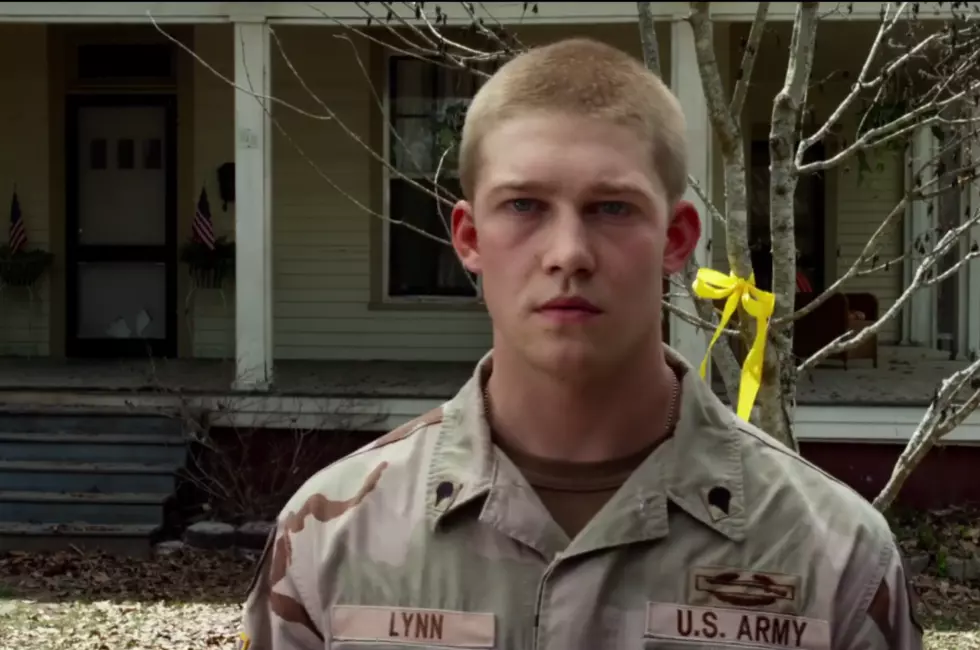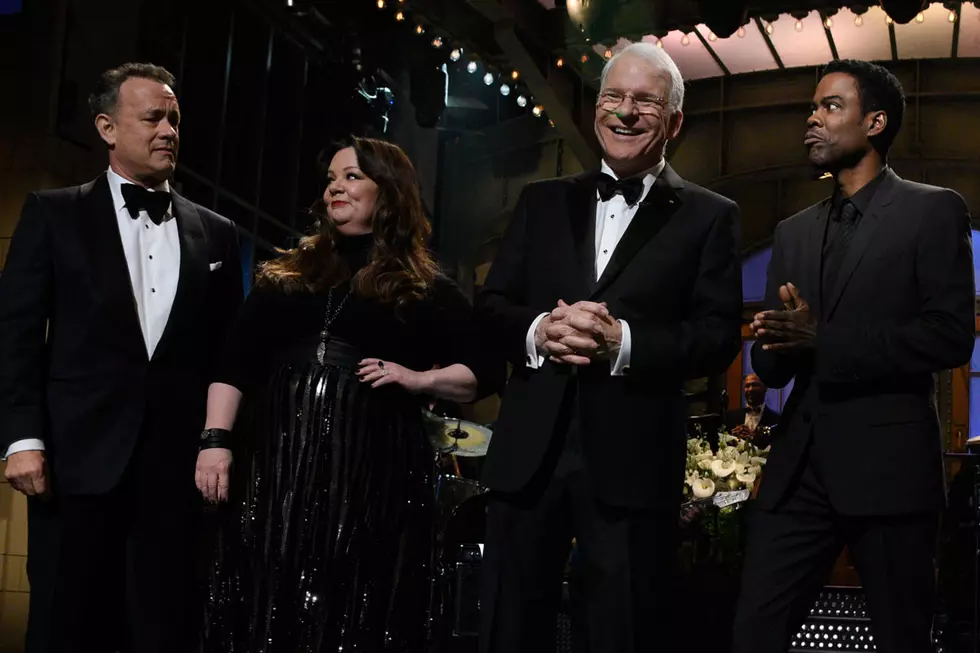
‘Billy Lynn’s Long Halftime Walk’ Review: A Visually Stunning Failed Experiment
Ang Lee is an ambitious filmmaker, but ambition doesn’t always pay off. With Crouching Tiger, Hidden Dragon he fused emotional relationships with the dazzle of wuxia action, and in Life of Pi he told a story about spirituality and survival through innovative CGI use. In Billy Lynn’s Long Halftime Walk Lee is once again pushing the boundaries of filmmaking, shooting in 120 frames per second (five times the rate of your average movie). What results is a stunning and unique viewing experience, but ultimately a failed experiment.
Adapted from Ben Fountain’s 2012 novel by first-time screenwriter Jean-Christophe Castelli, Billy Lynn follows a squad of young Iraq war vets returning to America for a victory tour. Set in 2004, the Bravo Squad are being honored at a football halftime show in Houston. Billy Lynn (played by newcomer Joe Alwyn), is the most well-known of his soldiers, a decorated 19-year-old Army Specialist from Texas who famously rescued his sergeant (Vin Diesel) on the battlefield. It’s a story that team owner Norm Oglesby (Steve Martin) says made the war finally feel real to the American public.
Lee attempts to capture his character’s traumatic PTSD through close P.O.V. shots. Compared to the average 24 fps of the traditional movie, 120 fps creates images with extreme clarity, highlighting the minute details we don’t often see in films. The 4K resolution and 3D technology also add an astonishingly crisp, smooth look to the film. On one hand, it’s a stunning sight to behold and is unlike anything I’ve ever seen in a movie theater. The screen looks like it’s hovering off the theater wall, beaming with a luminosity you won’t find in a typical 3D film. But that hyper-real look also makes Billy Lynn look incredibly phony.
Lee’s intimate visual style brings us closer to the rawness of his characters, but the realistic look exposes the artifice of filmmaking. Watching Billy Lynn feels like watching actors making a movie. In some scenes their bodies pop out from the scenery behind them, evoking the effect of a bad green screen. The dramatic moments feel stilted and line deliveries come off awkward. While there are some solid performances from Alwyn, Kristen Stewart, Garrett Hedlund, Tim Blake Nelson and Broad City‘s Arturo Castro, the rest feel so forced they’re cringe-worthy.
The visuals are also incredibly distracting. While the movie doesn’t have the same dizzying effect many audiences complained about with The Hobbit: An Unexpected Journey (shot in 48 fps), there’s so much detail on screen it’s exhausting to absorb it all. I noticed myself spending more time adjusting my eyes than engaging with the narrative.
That doesn’t mean Lee’s achievements are all for naught. I think high frame rate technology could be put to fantastic use in other mediums, especially non-fiction forms. It would be an innovative area to explore with documentaries or even sports events where details and crystal-clear imagery are more crucial. But for intimate dramatic storytelling it just doesn’t work.
There are some things Lee does beautifully with the film. He frequently uses Billy’s P.O.V. shots to capture the mental clash between his memories of the war and his current reality. In one scene a rowdy stadium parking lot suddenly turns into the chaotic streets of the Middle East, and in another Lee drains the color from the frame to show what Billy is thinking instead of seeing. The director visually blends past and present again during the halftime sequence, which is both the strongest and most disappointing part of the film.
As Billy and his squad are standing on stage during the performance, the stadium fireworks turn into gunfire and explosions and we’re transported to the battlefield. A tracking shot follows Billy down into a tunnel where he fights another man with his bare hands. It’s a breathtaking and devastating sequence, and proves that the film’s innovate visuals (and perhaps high frame rates in general) are better suited for busy, loud action sequences over quiet, intimate moments.
The actual halftime show is a wasted opportunity. The Bravo Squad marches across the field and poses on stage during a very-on-the-nose performance of Destiny’s Child’s song “Soldier.” The scene tries to comment on the absurdity of celebrating soldiers through a commercialized spectacle, and how ignorant people are to the horrors of war – beforehand a stage manager tells the soldiers to get “battle ready” and treats their camo uniforms like costumes. But Lee never makes it clear if this sequence is a satirical commentary or to be taken at face-value. It ends up feeling like a low-quality parody, especially due to the laughably bad Destiny’s Child impersonators (it would have been better to use fictional musicians).
After seeing Billy Lynn, I kept struggling with the same question: What’s the point? The movie gives us fragments of characters and rich flashbacks, but they’re not supported by a fully-formed narrative. Lee has boldly introduced a new technology, but that technology was a bad fit for this project.
More From KLAW-FM


![Steve Martin Announces ‘The Long-Awaited Album’ With Hilarious Infomercial [WATCH]](http://townsquare.media/site/623/files/2017/07/steve-martin-new-album.jpg?w=980&q=75)




![‘Catch of the Day’ – Steve Martin & Edie Brickell [AUDIO] “Won’t Go Back”](http://townsquare.media/site/111/files/2015/09/SM-EB-1.jpg?w=980&q=75)


